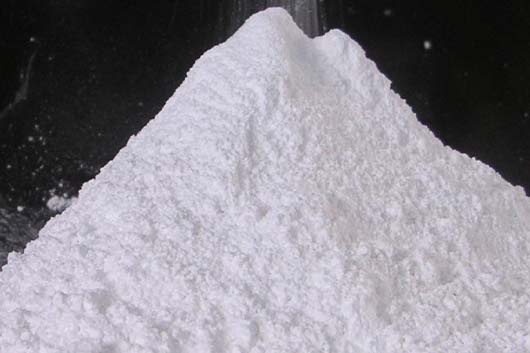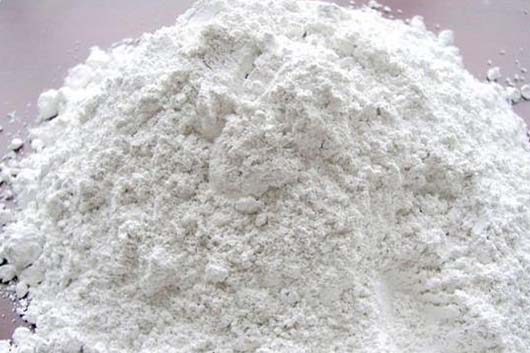- Discover The Magic Within Shining Minerals
- +91-9414167212
- anenterprises@gmail.com

What are the benefits of using China clay in paints?
December 29, 2023
What are the properties of Pharmaceutical Grade Talc Powder?
December 29, 2023In the realm of ceramics and industrial minerals, two terms often emerge—China clay and porcelain clay. While they are commonly associated with ceramics, they have distinct properties and applications that set them apart. In this blog, we delve into the world of China clay and porcelain clay, unraveling their differences, characteristics, and various applications across industries.
China Clay: A Closer Look
China clay, scientifically known as kaolin, is a naturally occurring mineral with a fine particle size and a white or light-colored appearance. It is primarily composed of the clay mineral kaolinite. Renowned for its plasticity, low shrinkage, and excellent firing characteristics, China clay has found its place in numerous industries worldwide.
Porcelain Clay: Unveiling its Identity
Porcelain clay, on the other hand, is a term often used to describe the specific type of clay used in the production of porcelain ceramics. It shares some similarities with China clay, yet it’s essential to distinguish between the two. Porcelain clay is characterized by its high purity and its ability to vitrify at high temperatures, resulting in the renowned translucent and glass-like finish of porcelain products.
Differences in Composition and Characteristics
Being a experienced and trusted China clay suppliers in India we know that the primary distinction between China clay and porcelain clay lies in their composition and characteristics:
Composition:
- China Clay: Composed primarily of kaolinite, quartz, and mica, China clay is valued for its plasticity, which makes it an excellent choice for forming ceramics.
- Porcelain Clay: Porcelain clay contains a higher proportion of kaolinite and fewer impurities, giving it the unique ability to achieve the desirable translucence of porcelain ceramics.
Firing Temperature:
- China Clay: Typically fired at lower temperatures, China clay ceramics maintain their shape and color while providing durability.
- Porcelain Clay: Porcelain clay requires higher firing temperatures to achieve its distinct translucent finish, making the resulting products highly prized for their elegance.
Translucence and Density
- China Clay: Ceramic products made from China clay are generally less translucent than those made from porcelain clay and have a slightly coarser texture.
- Porcelain Clay: The higher density and finer particle size of porcelain clay contribute to its exceptional translucence and smoother surface.
Applications Across Industries
Ceramics Industry
- China Clay: China clay is extensively used in the ceramics industry for making pottery, earthenware, and stoneware. Its plasticity and workability make it suitable for various forming techniques.
- Porcelain Clay: Porcelain clay is the star of the ceramics industry, creating delicate and luxurious porcelain products like tableware, figurines, and decorative items.
Paper Industry
- China Clay: Its fine particle size and excellent retention of ink make China clay an essential component in paper production, improving print quality and paper texture.
- Porcelain Clay: Not commonly used in the paper industry due to its higher cost and specific properties more tailored to ceramics.
Cosmetics and Pharmaceuticals
- China Clay: China clay’s absorbent properties make it a popular ingredient in cosmetics and skincare products such as masks, powders, and creams.
- Porcelain Clay: Limited use in cosmetics due to its high purity and specialized applications in ceramics.
Conclusion
While the terms “China clay” and “porcelain clay” may seem interchangeable, a deeper understanding reveals their unique identities and applications. China clay, with its versatility and plasticity, finds its way into a multitude of industries. On the other hand, porcelain clay, prized for its translucence and refined finish, is the key to crafting exquisite porcelain ceramics that stand as symbols of elegance. At last, A.N. Enterprises suggest that whether they’re shaping the ceramics on your dining table or enhancing the quality of your printed materials, both China clay and porcelain clay play pivotal roles in shaping our world in their distinct ways.



